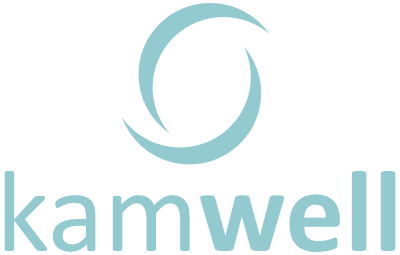- BLOG
- Guest Blog
Wellbeing and performance - what's the deal? (Guest Blog)
We must ensure that organisations and individuals are made accountable for wellbeing as a driver of performance, writes Future Talent speaker and mental health campaigner, Geoff McDonald.
We live in uncertain, complex and ambiguous times. The workplace expects more from their people: being always on through technology; driving efficiencies through cost cutting; and responding to the ever-changing demands of customers.
These times are having a profound effect upon the wellbeing of employees across all sectors. I equate wellbeing to the ‘energy’ of people, which I believe is the most limiting resource in the working world today — not money, people or products and services — people are tired and worn out. This assertion is being played out in the rising incidence of depression and anxiety in the workplace.
Depression is expected to be the leading disease burden by 2030 — hampering the success of the UN’s Sustainable Development Goals.
Poor mental health costs 2.5 trillion USD a year and is expected to increase to 6 trillion USD by 2030.
This data speaks for itself. How do organisations, big, medium, small and across all sectors address this issue, and why would they?
Wellbeing linked to performance
We need to view wellbeing (ie physical, emotional, mental and spiritual/purpose/meaning health) as a key driver of individual and business performance. Organisations with high levels of employee wellbeing have outperformed the market by 2-3% over a 25-year period (Prof Alex Edmans, London Business School, 2015).
Energy should be seen as important as skills, knowledge, behaviours and experience in driving the performance of people, and organisations need to find ways to include this as a key component of their performance and development programmes.
Learning to have a conversation about an employee’s level of energy as part of their performance or development plan should become a critical capability of line managers and coaches who all support organisations in the development of their people.
The line between personal and work is blurred.
This seems so obvious, so why is it not being done? People struggle to talk about ‘the personal’ at work, yet organisations are increasingly creating a perceived expectation of 24/7 — ‘always on’ and so encroach on the personal time of employees.
The line between personal and work is very blurred, and so beginning to engage in conversations about the whole person, i.e. their physical, emotional, mental and purpose or meaning, I would suggest is the beginnings of creating a culture of openness within organisations during demanding times.
We can now measure and assess the life age of employees as an indicator of their energy and capacity to get things done.
Organisations should be able to asses the energy and life age of their people and in doing so, could have development conversations regarding their life age/ wellbeing/ energy/ capacity. This allows organisations to overtly recognise wellbeing as a driver of individual performance and include in the performance management equation. In other words performance now equals skills, knowledge, behaviours, experience and energy.
As we build wellbeing/energy into development programmes, line managers are required to focus more on supporting the wellbeing of their people, the organisation becomes more accountable for providing the necessary resources, and individuals are also now held accountable for their own personal wellbeing.
Holding organisations and individuals accountable for their wellbeing, moves wellbeing from a ‘nice to have’, and often stand alone initiative, to an integral part of performance and development within a company. Therefore it will move behaviours and attitudes forwards on the subject.
Critical to the success of this recommendation will be to address the stigma of mental health. Individuals won’t trust their line manager to discuss all aspects of their wellbeing if mental ill health is still seen to be a limiting factor to their career progression, as well as all the other stigmatic associations to mental ill health.
We have over the years made significant progress in creating safe workplaces for employees, by ensuring safety is integrated into all aspects of a persons day at work through it being embedded in systems, processeses, policies, leadrrship behavior – the time has come to now also create healthier workplaces where people can flourish and feel energized to perform at their best. If we can do it for safety, why not health?
Written by Geoff McDonald
First published on Changeboard
